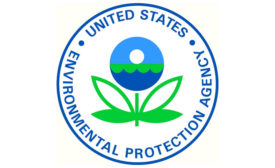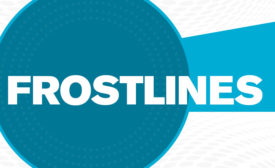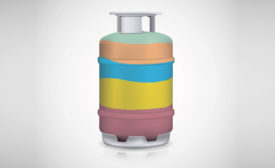Home » Significant New Alternatives Policy
Articles Tagged with ''Significant New Alternatives Policy''
Refrigerant provides low-GWP solution for new and retrofit chiller applications
Read More
EPA Warns Again About Risks of Using R-22a Refrigerant
Agency notes unapproved refrigerant poses risk of fire or explosion
May 5, 2016
New EPA Proposal on HFCs Builds on Last Year’s Final Rule
Change of status sought on some HCs, 1234yf in specific end uses
April 4, 2016
EPA’s SNAP Program to Allow Use of Propane in Certain Refrigeration Equipment
Also proposes to exempt propane from venting prohibition
March 31, 2016
AHRI, NRDC Align on Phasing Out Certain HFC Refrigerants
Proposal would phase out use of R-134a, R-410A, and R-407C in chillers
February 4, 2016
Constantly Changing Refrigerant Regulations Make Customers Wary
‘Didn’t we just do this?’ as GWP joins ODP in paving way for phaseouts
Read More
Beware the Hazards of Mixing Refrigerants
Contractors must proceed cautiously when combining new, alternative refrigerants
Read More
The New Refrigerant Regs: Action Can Now Replace Uncertainty
The known — even if difficult — is always easier to face than the unknown
Read More
Hidden Heroes Reside Inside HVACR Equipment
Component manufacturers provide consistent quality amidst constant change
Read More
EPA Issues Final Rule on HFCs
As expected, R-404A, -407A, -410A, -507A, many others targeted
July 2, 2015
Copyright ©2024. All Rights Reserved BNP Media.
Design, CMS, Hosting & Web Development :: ePublishing




